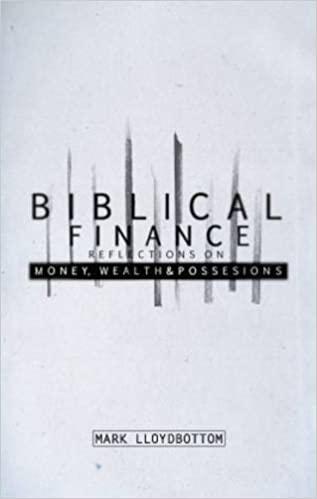
Problem 6-09 As chief investment officer of a small endowment fund, you are considering expanding the fund's strategic asset allocation from just common stock (CS) and fixed-income (FI) to include private real estate partnerships (PR) as well: Current Allocation: 60 percent of Asset CS, 40 percent of Asset FI Proposed Allocation: 45 percent of Asset CS, 25 percent of Asset FI, 30 percent of Asset PR You also consider the following historical data for the three risky asset classes (CS, FI, and PR) and the risk-free rate (RFR) over a recent investment period: o Asset Class E(R) CS FI PR CS 8.4% 13.4% 1.0 FI 5.6 8.9 0.1 1.0 PR 6.5 12.0 0.6 0.1 1.0 RFR 2.7 You have already determined that the expected return and standard deviation for the Current Allocation are: E(current) = 7.28 percent and current = 9.113 percent. a. Calculate the expected return for the Proposed Allocation. Round your answer to two decimal places. % b. Calculate the standard deviation for the Proposed Allocation. Do not round intermediate calculations. Round your answer to two decimal places. % c. For both the current and Proposed Allocations, calculate the expected risk premium per unit of risk (that is, [E(Rp) - RFR]/o). Do not round intermediate calculations. Round your answers to three decimal places. Current Allocation: Proposed Allocation: d. Using your calculations from part (c), explain which of these two portfolios is the most likely to fall on the Markowitz efficient frontier. The -Select- is the most likely to fall on the Markowitz efficient frontier. Problem 6-09 As chief investment officer of a small endowment fund, you are considering expanding the fund's strategic asset allocation from just common stock (CS) and fixed-income (FI) to include private real estate partnerships (PR) as well: Current Allocation: 60 percent of Asset CS, 40 percent of Asset FI Proposed Allocation: 45 percent of Asset CS, 25 percent of Asset FI, 30 percent of Asset PR You also consider the following historical data for the three risky asset classes (CS, FI, and PR) and the risk-free rate (RFR) over a recent investment period: o Asset Class E(R) CS FI PR CS 8.4% 13.4% 1.0 FI 5.6 8.9 0.1 1.0 PR 6.5 12.0 0.6 0.1 1.0 RFR 2.7 You have already determined that the expected return and standard deviation for the Current Allocation are: E(current) = 7.28 percent and current = 9.113 percent. a. Calculate the expected return for the Proposed Allocation. Round your answer to two decimal places. % b. Calculate the standard deviation for the Proposed Allocation. Do not round intermediate calculations. Round your answer to two decimal places. % c. For both the current and Proposed Allocations, calculate the expected risk premium per unit of risk (that is, [E(Rp) - RFR]/o). Do not round intermediate calculations. Round your answers to three decimal places. Current Allocation: Proposed Allocation: d. Using your calculations from part (c), explain which of these two portfolios is the most likely to fall on the Markowitz efficient frontier. The -Select- is the most likely to fall on the Markowitz efficient frontier







